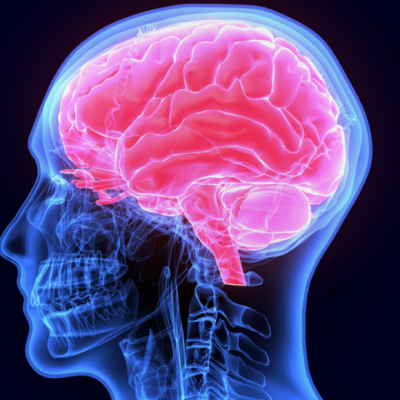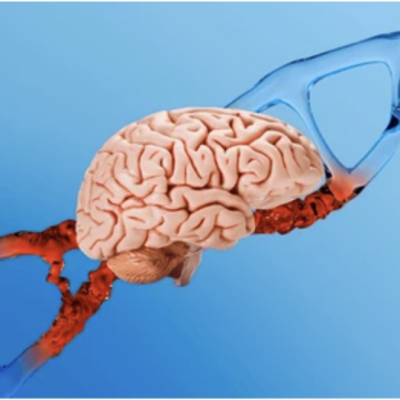Scientists have successfully implanted a chip into the brains of monkeys that generates images in the visual cortex. This technology could potentially restore basic vision to blind individuals in the future. Researchers from the Netherlands Institute for Neuroscience (NIN) used targeted brain stimulation to trigger visual perception of specific patterns, according to a study published in the journal Science. The team used phosphene, which are visual perceptions that can be triggered without external light stimuli, to create a complex pixel matrix with recognizable patterns such as letters. The chip, which had 1024 electrodes, was implanted into the visual cortex of two macaques, and the researchers were able to activate individual nerve cells without affecting neighboring cells.
Before the operation, the monkeys were trained to respond to certain visual stimuli such as letters or moving dots with eye movements. In the experiment, the animals exhibited this behavior even when the stimuli were not detected by their eyes but were instead triggered by brain stimulation. The images generated by the chip were compared to a LED display that shows simple symbols and short texts. The researchers believe that this technology could be used to restore basic vision to blind individuals whose retina, eye, or optic nerve has been damaged, as long as their visual cortex is still intact.
However, the chip implanted in the primary visual cortex V1 can only generate simple light information, and colors and complex patterns can only be triggered in higher brain regions. The researchers suggest that parallel stimulation of V1 and V4 could potentially enable natural vision. The study has set new standards for prostheses, and the researchers hope that advances in wireless stimulation, high-density electrodes, and stimulation algorithms will lead to new devices that can provide useful visual functions to blind individuals.









